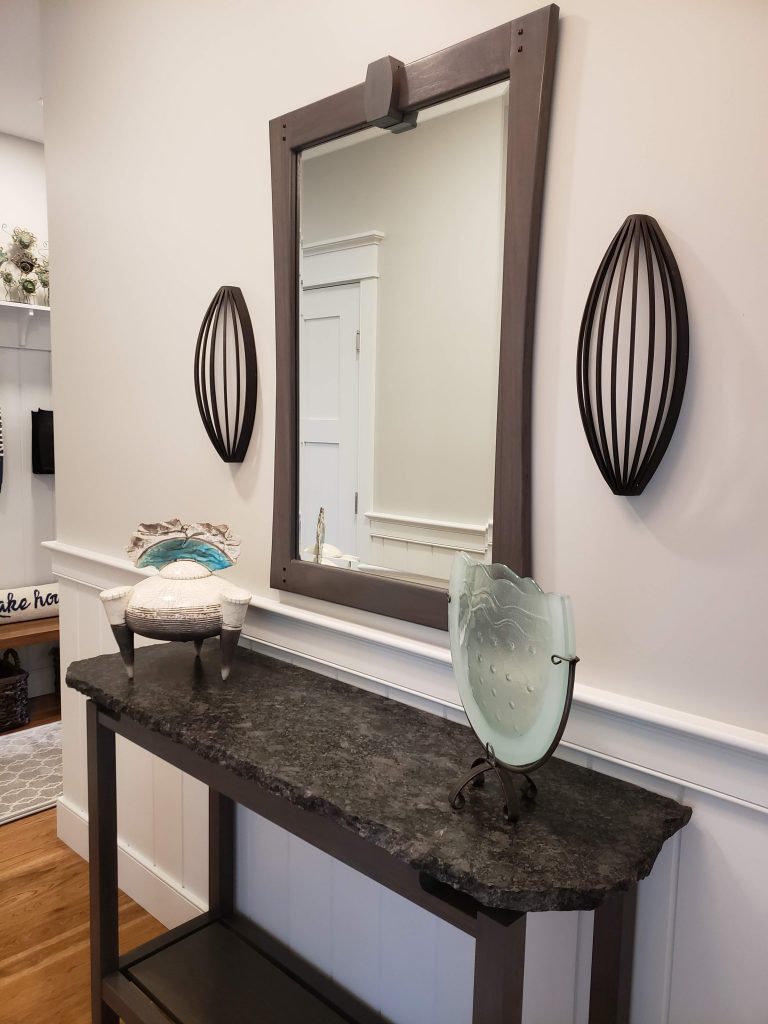Every interior designer understands that regardless of how good their idea board, it’s imperative to have an exceptionally strong website to create a great first impression. This is perceived as the digital face of their brand through which potential clients gauge their work. Fortunately designing a subjective website is arguably the easiest things an interior designer can accomplish. This is achieved through content management systems, which come in handy to save people months of studying how to write code for sites.
However, this hasn’t made getting clients through these websites an easy task. As much as the web design is crucial, the pages and content of the site are what distinguish an individual’s work from their rivals. Without further ado, here are the basic and critical things to include when creating a compelling interior design website.
Home Page
This is the first page viewers see when they visit the designer’s website. It is often simple and straight to the point. Here, designers briefly exhibit their services and proficiency. The home page can include sections of company’s motto, reasons to hire the enterprise, a brief about the company with a link to the about page, logo showcase, an email newsletter form and client testimonials.
About Page
This is the page that briefs the client about the company. Here, the interior designer can talk about the history of the business, their vision, mission, and goal. It is also important to illustrate how they serve their clients. They may add a few sentences on how the service process is carried out, from inquiry to the actual design and payment. This is basically a chance for the designer to give potential clients a reason to have confidence in their services.
Contacts Page
Every website must contain a contacts page. In this page, the designer can choose to have a written address of the business with a google map giving the exact location of the corporation. More importantly, a query form in which clients can fill their requirements and the designer receives the message in their personal email. For this purpose, the designer should also include a business phone number and email in the address text. These can also be placed in the header section of every page for easy visibility and access.
All About Interiors
Portfolio
Many interior designers go extremely wrong with creating a portfolio. This is a critical requirement and ultimately, the more the projects completed by the designer, the greater the trust gained by clients. However, this does not mean that the website should display all the projects accomplished by the interior designer. There are two prime ways of displaying a portfolio.
- Client logos: Here, the interior designer displays logos of the clients for whom they have worked. This is especially logical if the clients are commercial. In the event that clients are residential, then a gallery will do.
- Gallery: Here, the designer showcases their designs by including the images of their completed projects. The trick is to get a professional photographer after every successful project and get them to take high definition images of the designed houses. The designer can also get a pro graphics designer to edit the photos into perfection. This doesn’t imply that they are cheating, but rather improving the photo quality by adding lighting and cropping out unimportant parts of the image. After this, the designer can choose the best 5 or 8 images and showcase them on the website.
Email newsletter
Collecting as many emails as possible is prudent. Whether it’s from clients or networks, designers should ensure that they have a good email list. They can use this email list to fish for clients. With these lists, they can open email newsletter accounts and use them to communicate their services, offers, and updates to their prospects. Their websites should also feature pop up sign up form that will give new readers and site visitors a chance to subscribe to their newsletter.
A Blog Page
This is how designers capture the interest of the masses. A blog page is primarily concerned with showcasing the interior designer’s expertise in words and probably a few pictures, videos or infographics. Designers often write ‘how to’ articles among others to keep readers informed and show that they know their industry in depth. Such articles are shared in their social media pages and also sent as newsletters to email lists.
Social Media Links
Having social media pages is essential to capturing the interest of new clients and also showcasing a person’s expertise. The social media links should be included for easy navigation to and from the website and social media pages. Every new post, service or offer on the website should be shared on social media pages. With these social links, readers can also share the posts with their social media followers. Hence giving the designer optimal exposure.
Testimonials
These are a free ticket to getting clients expediently. If a prospective client sees what the existing clientele of the designer has to say about their work, they will be more convinced to purchase the service. Testimonials are also mild portfolios; if ten people testify about the service of the designer, it could mean that they have worked on ten projects. However, designers prefer having both testimonials and a gallery, since seeing is believing.
Interior designers focus less on creating a complex website and more on making one that represents their interest and speaks for them. They keep in mind the vital fact that these websites are working for them when they are offline. Thus, the message they are trying to convey to prospects must be delivered with utmost transparency and professionalism.
This post is a collaboration and may contain relevant and relatable affiliate links. All opinions are our own and for informational purposes.



